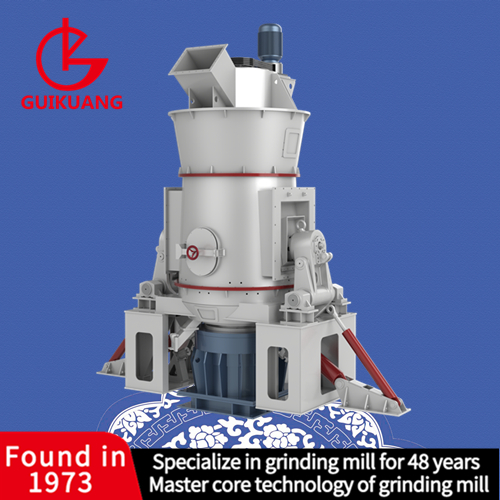 1. Trucks transport the ore from open pits or underground operations in the beginning.
1. Trucks transport the ore from open pits or underground operations in the beginning.
2. According to gold ore hardness, sulfur content, carbon content and other minerals content etc, which affects the machines, methods, and cost. we will choose the suitable machine to operate.
3. Send gold ore into a series of crushers (jaw crusher, cone crusher or impact crusher etc.) and grinding mills (ball grinding mill, vertical mill etc.) to reduce the size of the ore particles and expose the mineral.
4. During grinding process, the gold ore slurry will be classified to re-grind again or qualified slurry to next process. The purpose of classify is to recover coarse gold, and create favorable conditions to flotation and cyanidation processes, which can improve the beneficiation indicators, improve recovery rate of gold. It plays a positive role for increasing production and reduce cost.
5. Flotation process or a weak cyanide solution to the slurry, this process removes up to 93 percent of the gold and 70 percent of the silver from the ore. And then the gold is pulled from the solution and attaches to the carbon. We then “strip” the gold from the carbon by washing it with a caustic cyanide solution. The carbon is later recycled.
6. Next, we pump the gold-bearing solution through electro-winning cells, which extract metals from the solution using an electrical current.
7. Smelt the gold, which melts it in a furnace at about 2,100°F. From there, the liquid gold is poured into molds.
8. We finally send the bars to a refinery for further processing into pure gold.
Gold has been widely used throughout the world as money, for efficient indirect exchange, and to store wealth in hand. From gold ore to pure gold, it has experienced many complicated technological process.












